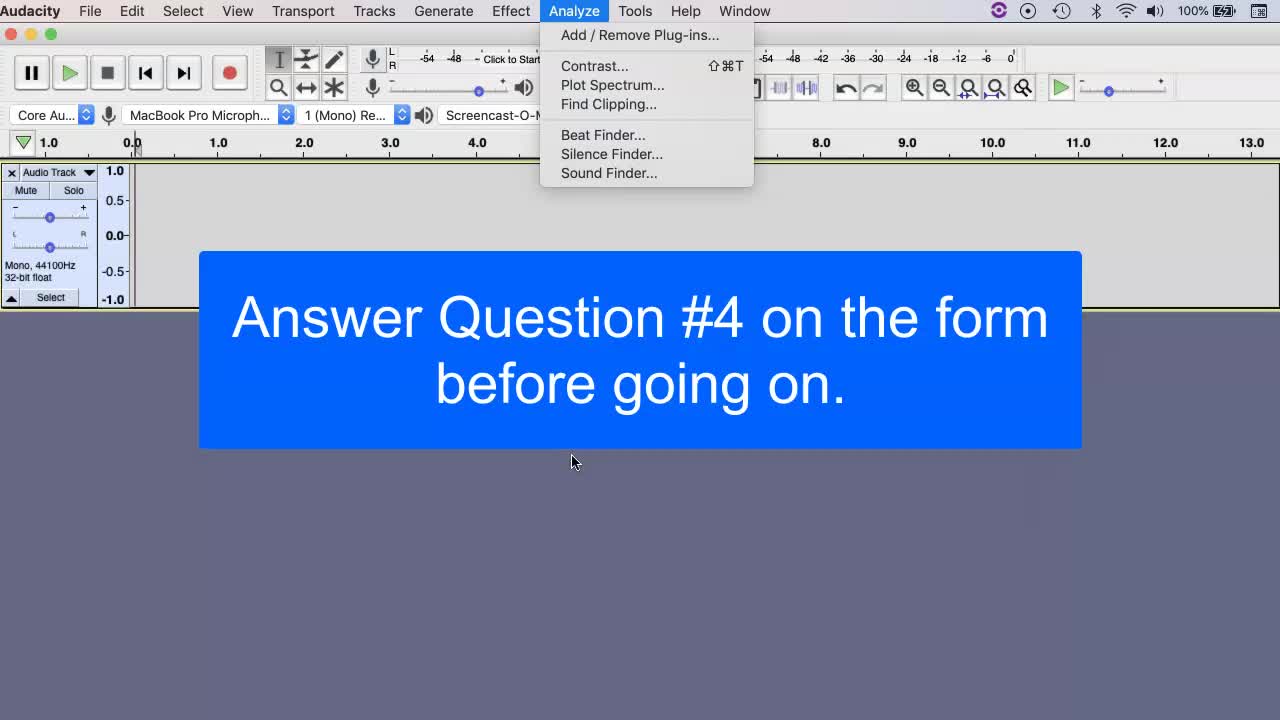Search Results
Results for: 'MD “Using Technology to Advance Brain Aging Research”'
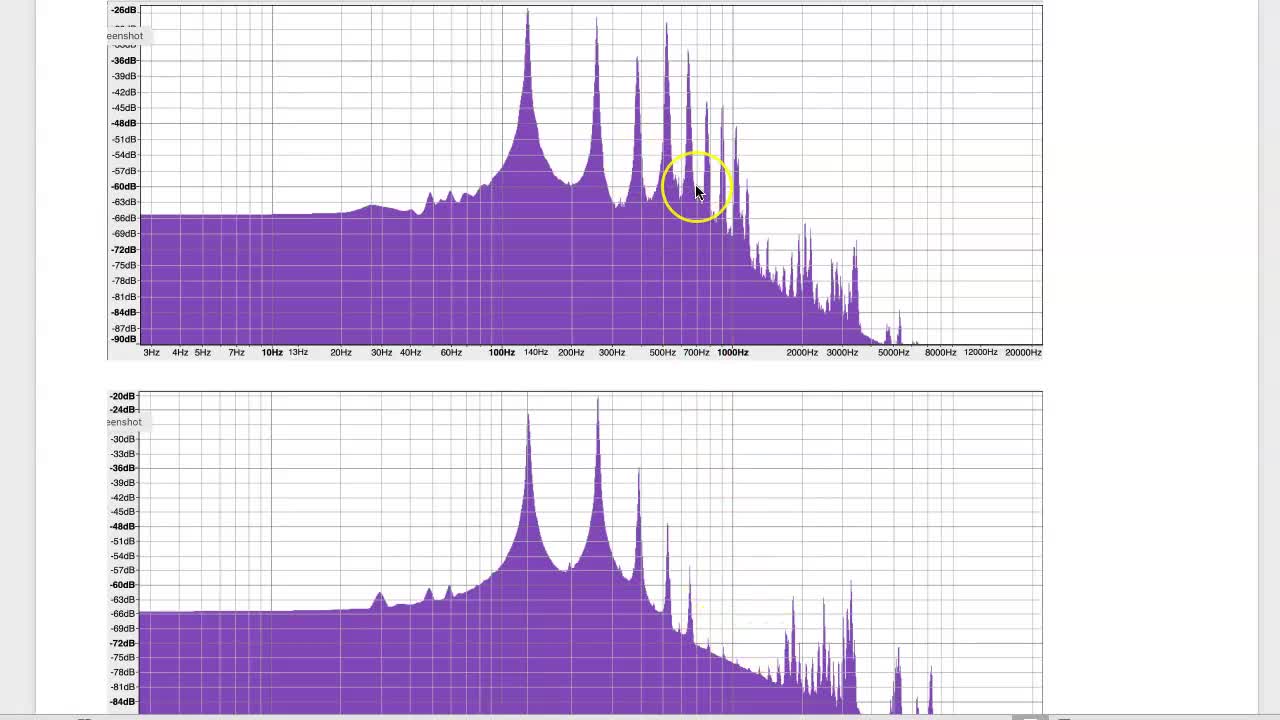
MU 060 asst 3 harmonic spectra
Exploration of harmonic spectra using Audacity, including synthesis and analysis
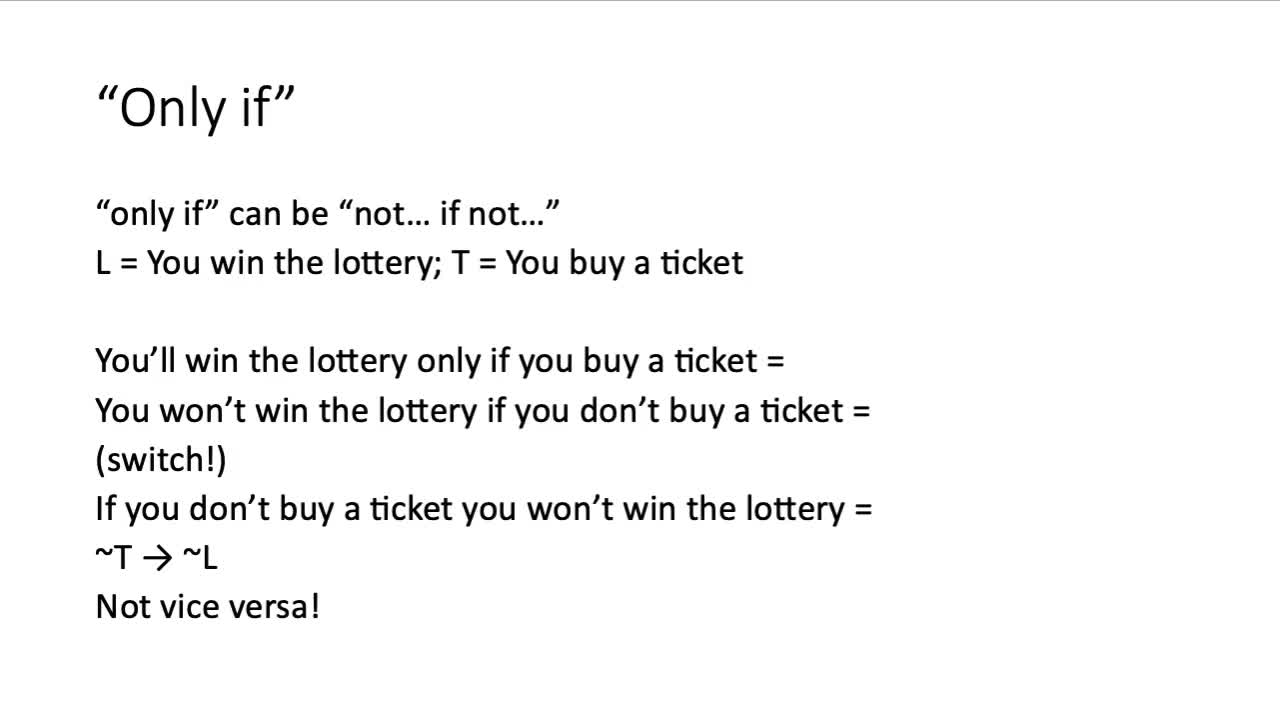
sentential translations 1 PHIL013AB
A ten-and-a-half-minute video about how to do translations in sentential logic, using the basic connectives and phrases like "neither" and "unless."
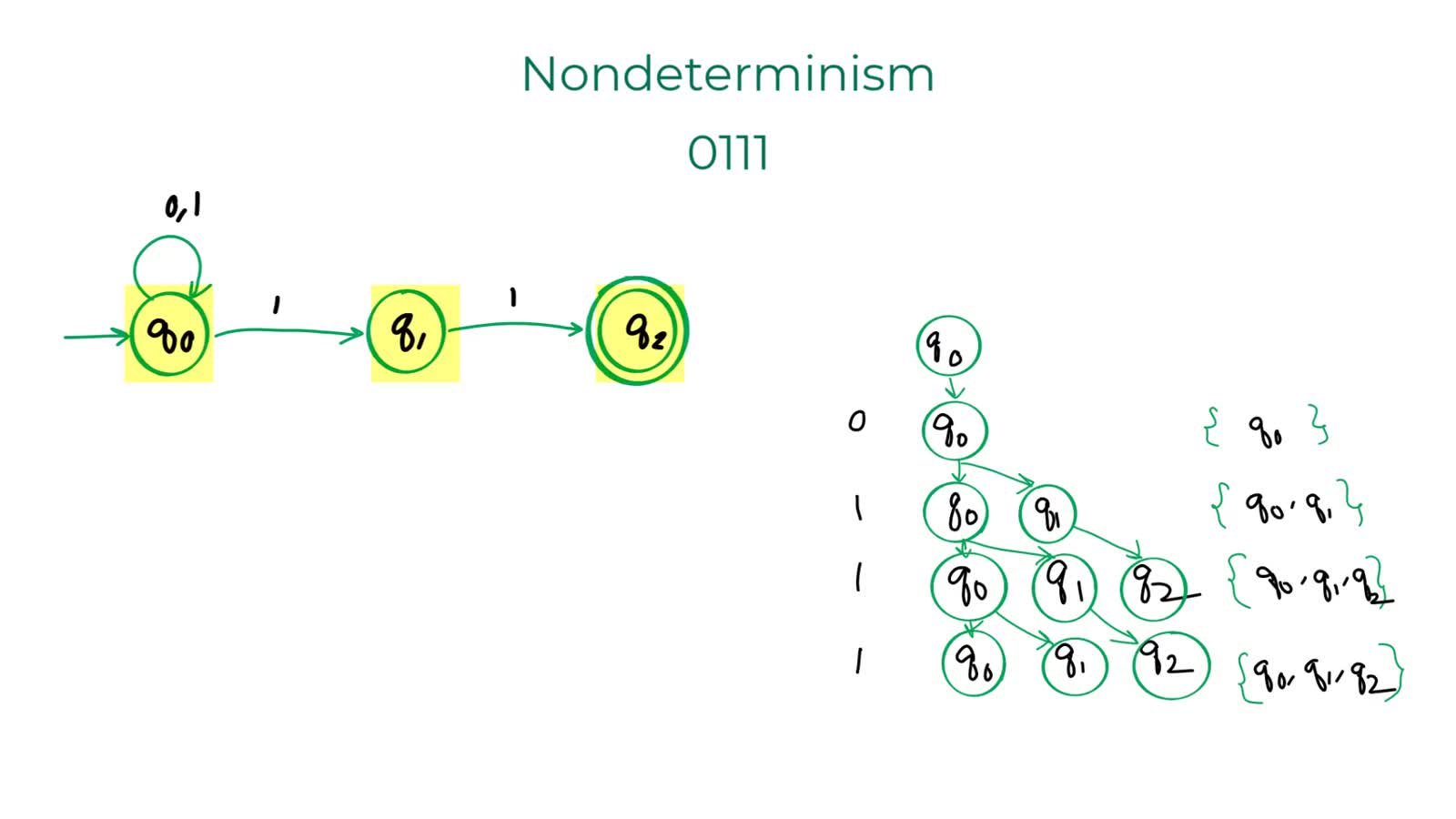
This video is a supplement for students who are reading "Introduction To The Theory Of Computation" by Michael Sipser. I took the liberty of using the terminology from the textbook.
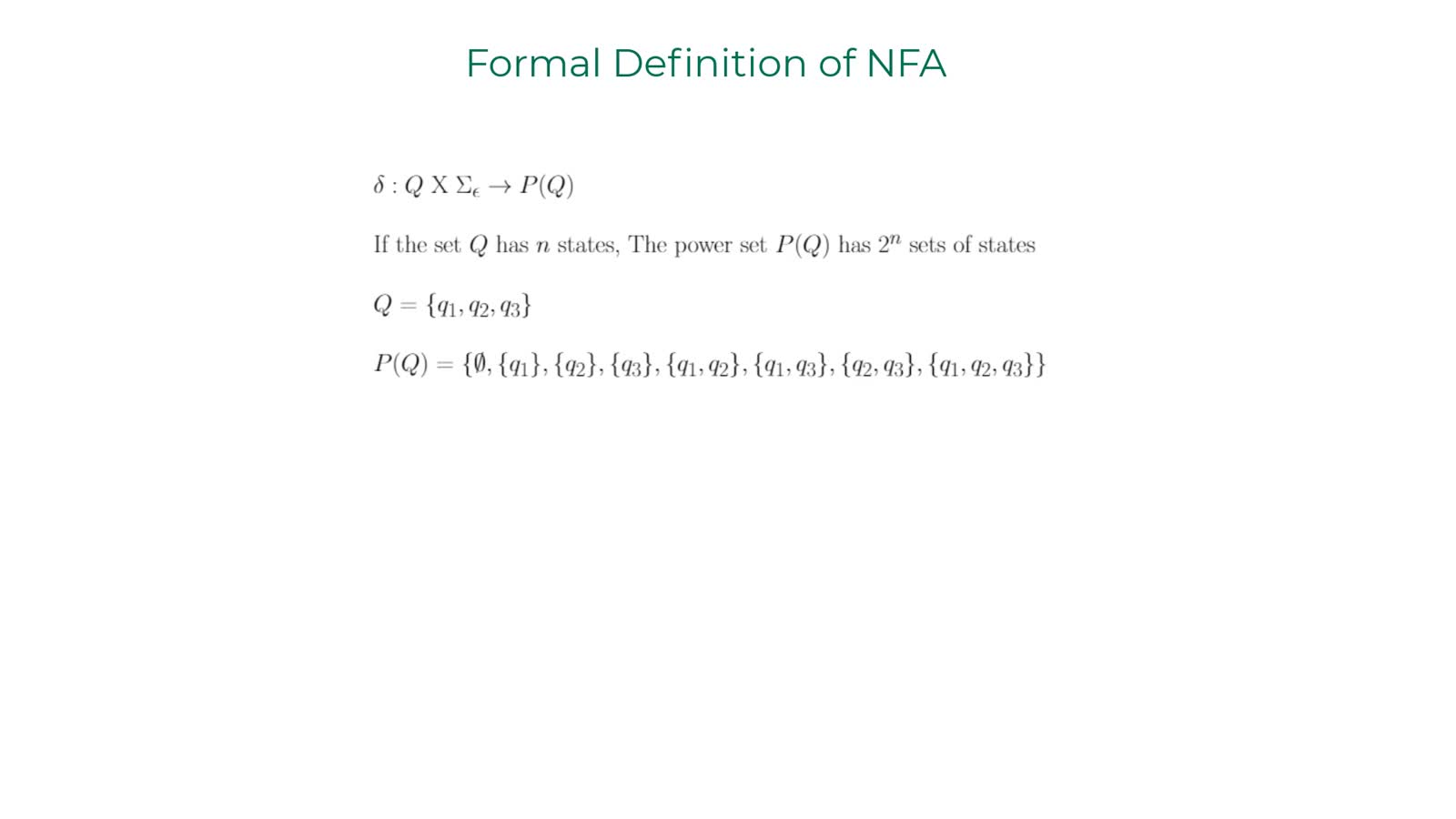
CS125 - Formal Definition of NFA
This video is a supplement for students who are reading "Introduction To The Theory Of Computation" by Michael Sipser. I took the liberty of using the terminology from the textbook.
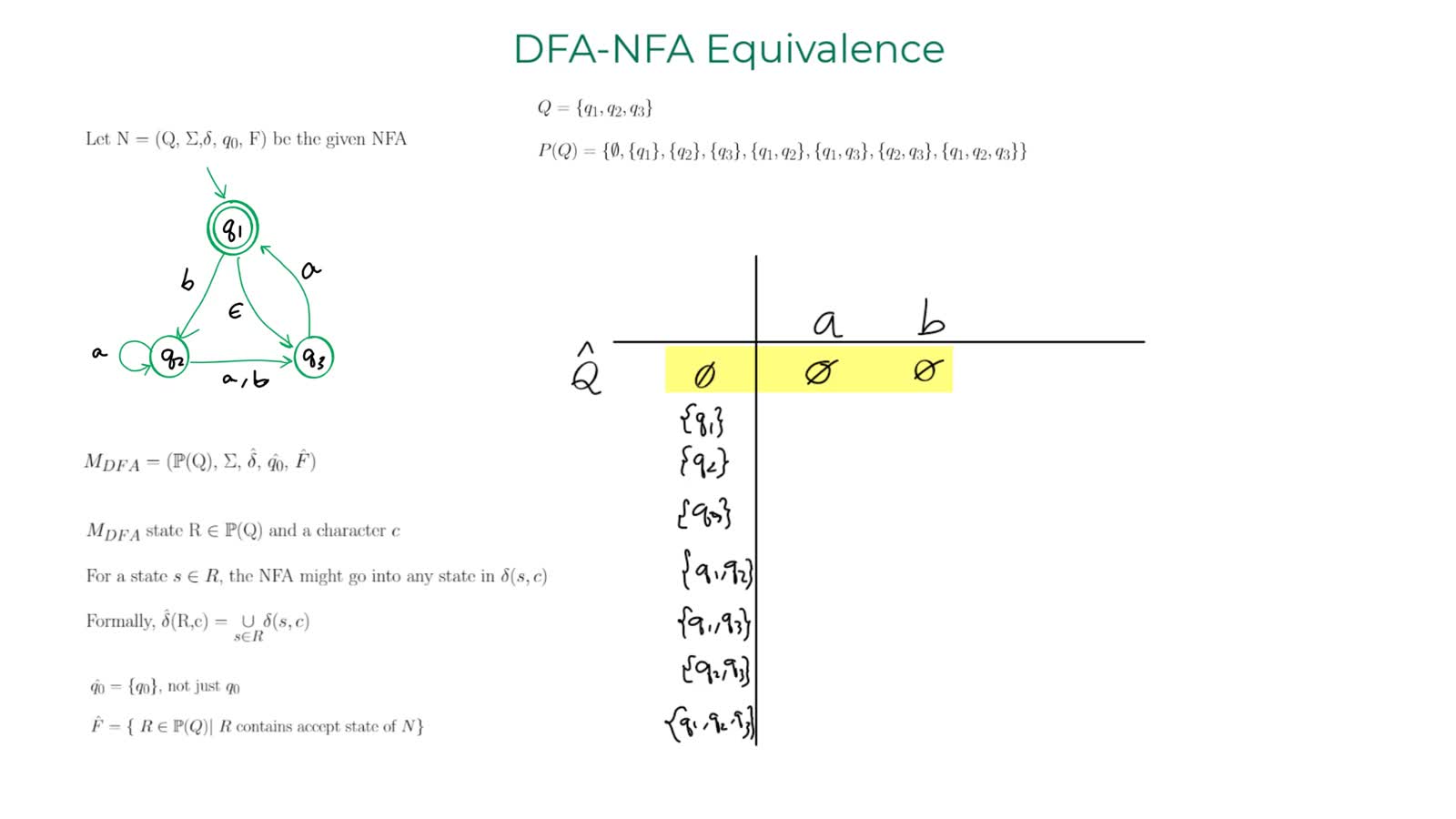
This video is a supplement for students who are reading "Introduction To The Theory Of Computation" by Michael Sipser. I took the liberty of using the terminology from the textbook.
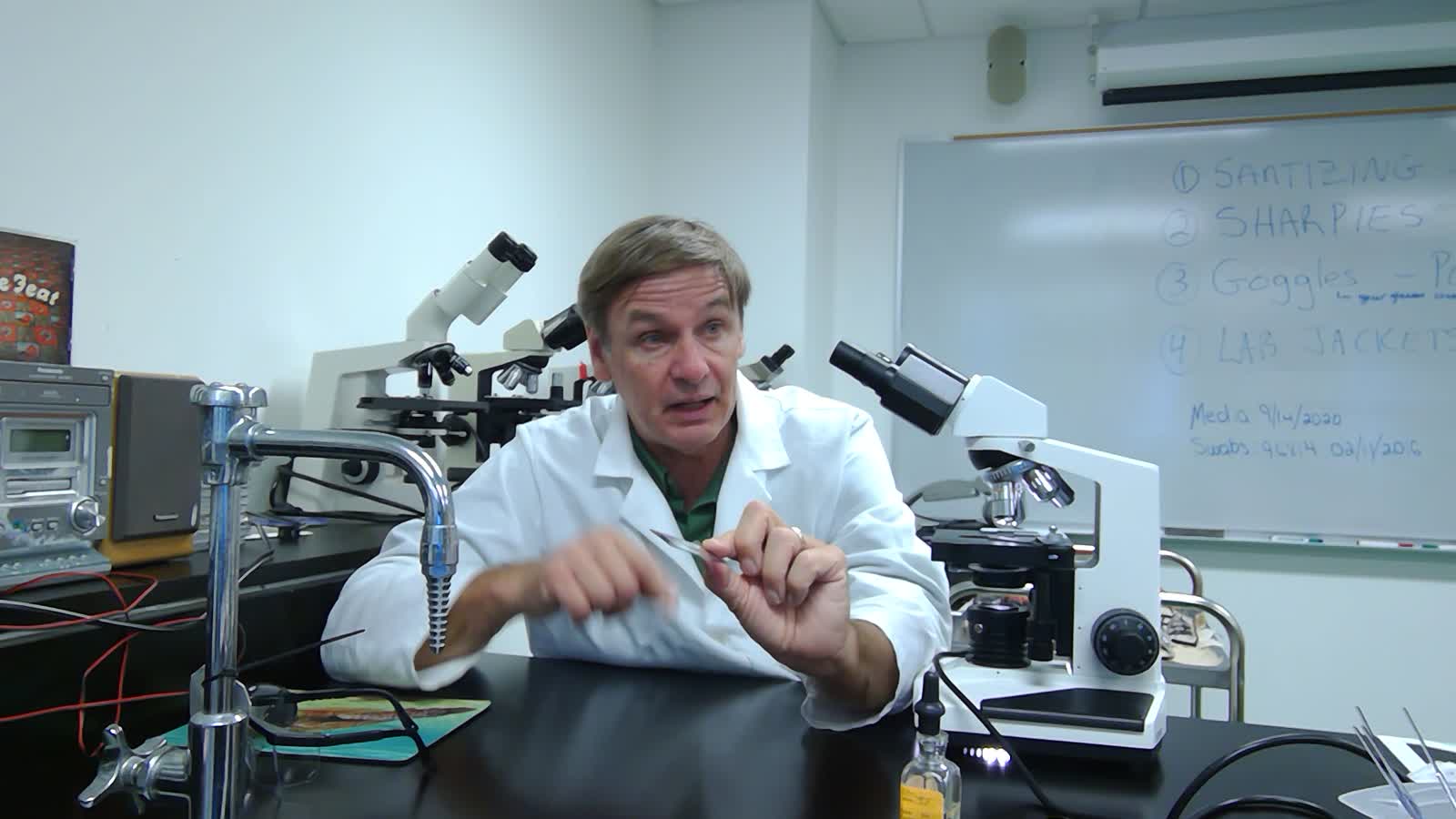
Evaluating your Slides with the Microscope
This video shows how to evaluate your slides using the microscope.
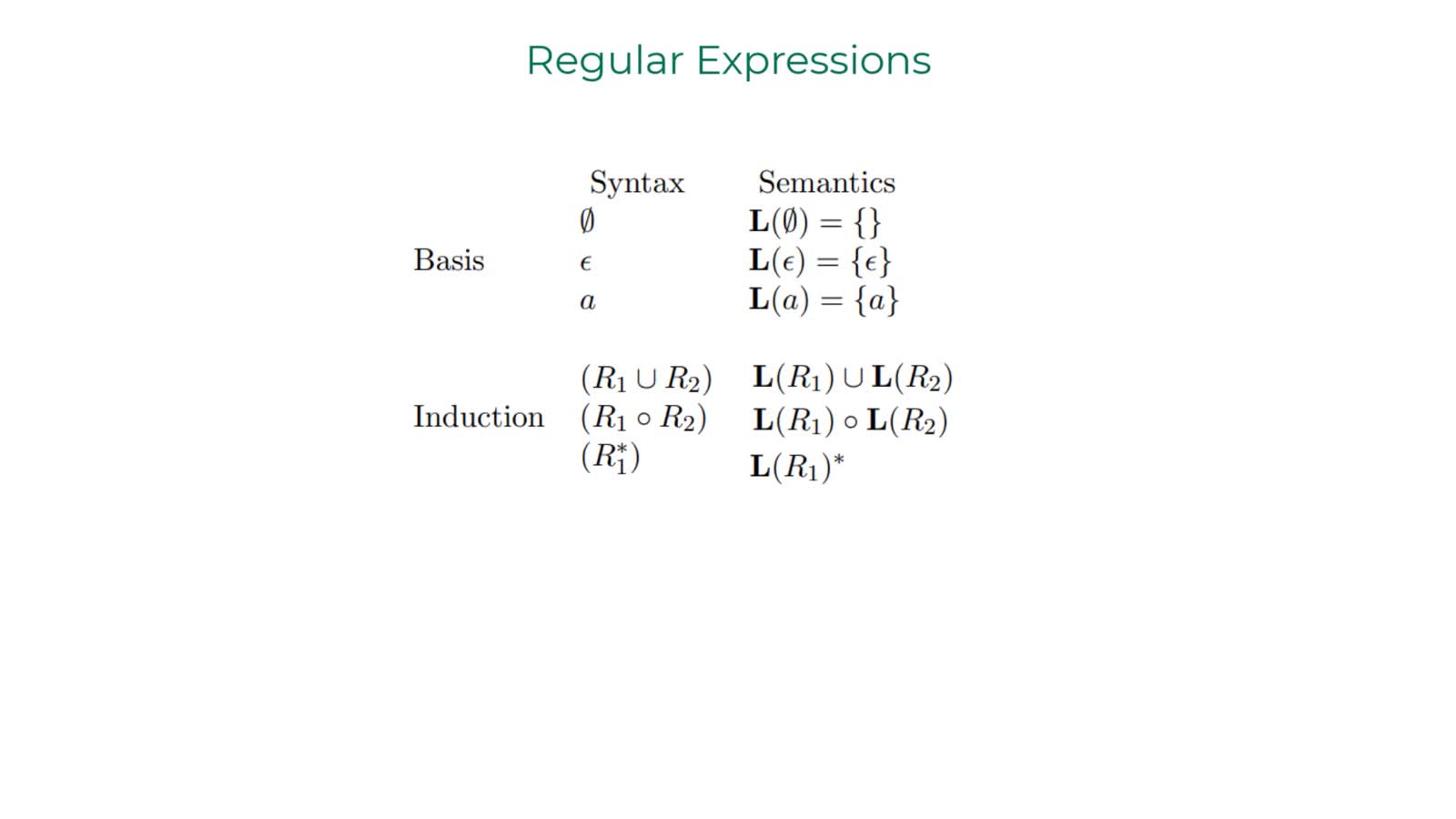
CS125 - Introduction to Regular Expressions
This video is a supplement for students who are reading "Introduction To The Theory Of Computation" by Michael Sipser. I took the liberty of using the terminology from the textbook.
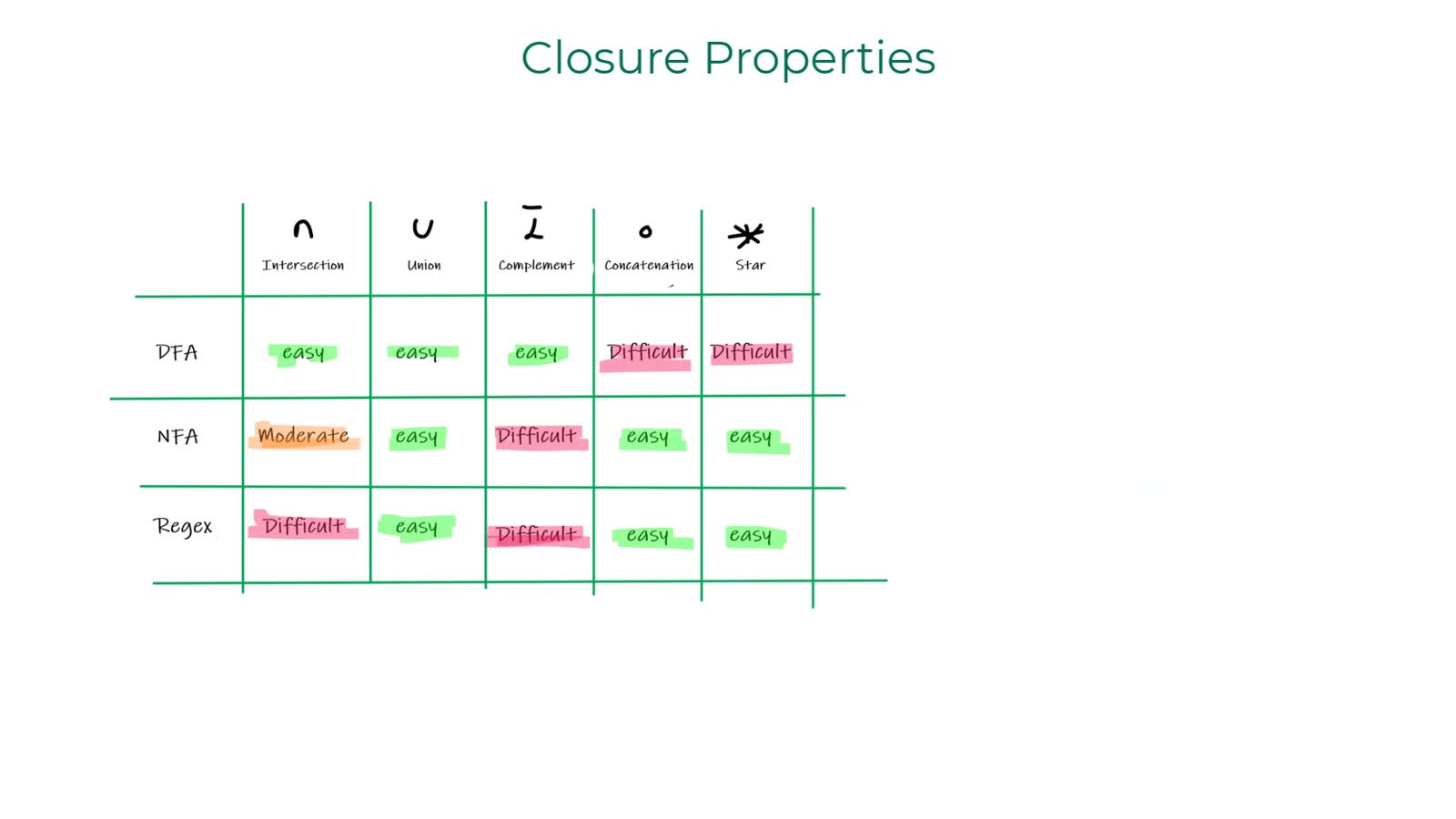
CS125 - Regular Expression to NFA
This video is a supplement for students who are reading "Introduction To The Theory Of Computation" by Michael Sipser. I took the liberty of using the terminology from the textbook.
